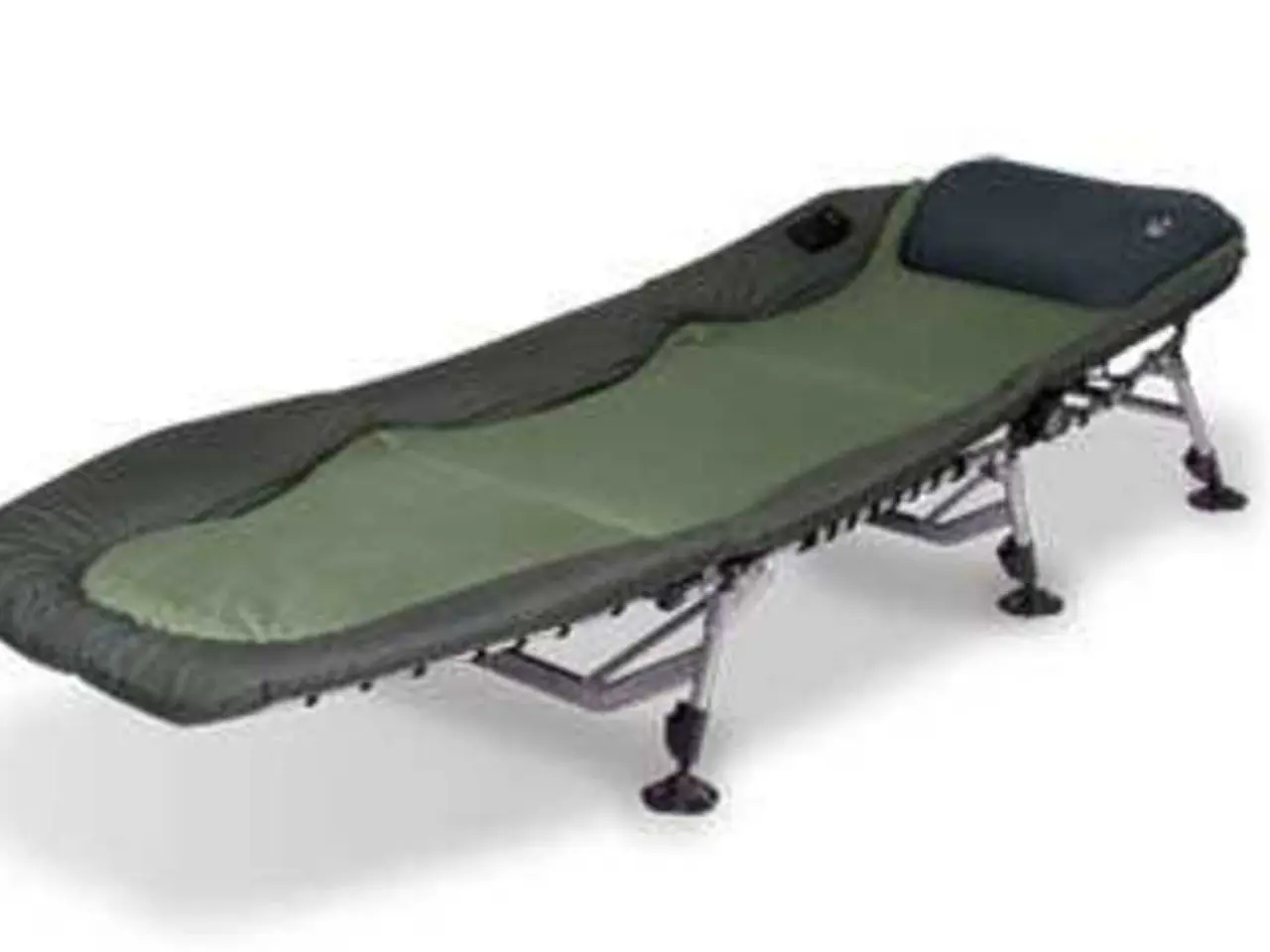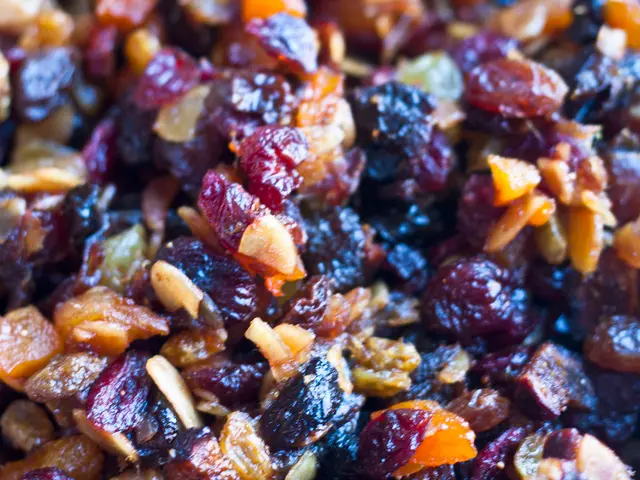Knee Anatomy, Injuries, Therapy, and Recovery: A Comprehensive Guide on Structure, Trauma, Healing, and Reestablishing Mobility
Knee troubles, no doubt about it - they're a pain in the ass! But having a grasp on knee anatomy and how injuries happen can help you dodge potential complications. Here's a lowdown on the basics.
First, the knee's a complicated structure, onemajor player in the body, but also a stress magnet. This hinge joint keeps your skeletal system in check while allowing for movement, stability, and shock absorption.
The knee's made up of bones (femur, tibia, and patella), cartilage (meniscus and articular cartilage), ligaments (ACL, PCL, MCL, LCL, and more), tendons, muscles, a joint capsule, and bursa. Each component plays a unique role in keeping your knee game strong.
Be careful, though - working around knees can lead to common injuries such as sprains, strains, muscle tears, and bone fractures. Knowing your body and its limits will help you sidestep potential issues.
Now, let's talk about what happens if something goes awry. Injuries typically manifest as pain, swelling, difficulty weight-bearing, or instability. Fortunately, most injuries can be treated through RICE (rest, ice, elevation), over-the-counter pain relievers, and gentle exercises prescribed by a healthcare professional.
In some cases, surgery may be necessary, like when dealing with an ACL tear. But with proper care and rehabilitation, you can be back on your feet in no time!
The best defense is a good offense, so let's discuss prevention. Keep your leg muscles strong with exercises like squats, lunges, and leg presses. Gradually increase your workout intensity and wear shoes designed for your specific sport or activity. Maintain a modest weight to reduce stress on your knees, and consider using knee guards for added protection.
Now that you're all caught up, remember - be pliable, be strong, and keep your knees healthy! And if you ever experience knee issues, don't hesitate to seek help from a healthcare professional. Prevention and treatment are key to long-term knee health!
- Understanding the anatomy of a knee can help prevent complications related to chronic conditions such as chronic kidney disease, respiratory conditions, and eye health, which might put extra stress on the joint.
- In the realm of workplace wellness, promoting fitness and exercise, mental health awareness, proper nutrition, and skin care plays a crucial role in overall health and wellness, helping individuals avoid unnecessary strain on their knees.
- Science has developed numerous therapies and treatments for medical conditions like sprains, strains, and chronic diseases, ensuring the best possible care for those who suffer from knee injuries or need surgery.
- A comprehensive approach to health and wellness encompasses not only physical fitness but also mentalwell-being, offering strategies to cope with the stresses of work and everyday life that could potentially impact knee health.
- Incorporating science-backed solutions into a fitness routine, like sports-specific training and progressive exercise programs, can reduce the risk of knee injuries and help maintain strong knee health for athletes.
- Regular consultations with healthcare professionals for routine check-ups and preventative care can enable early detection of potential issues, such as chronic diseases or mental health disorders, which might otherwise impact knee health negatively.
- As a part of proper knee care, individuals should be mindful of the importance of self-care, ensuring they get sufficient rest, maintain a well-rounded diet, and practice stress management techniques for optimal knee health and overall well-being.





